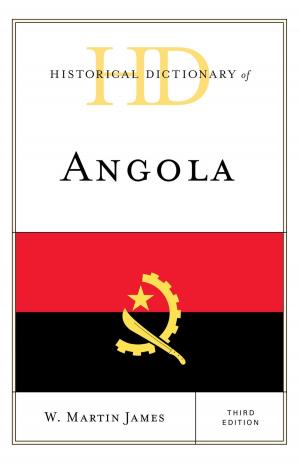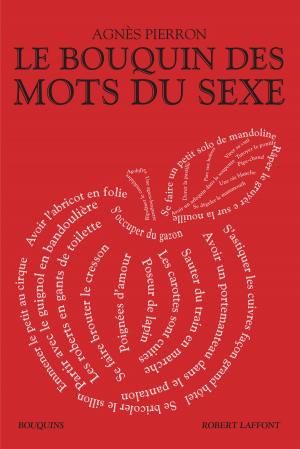Practical English Usage 3rd Edition
Fully Revised
Nonfiction, Reference & Language, Education & Teaching, Study Skills, Dictionaries| Author: | Michael Swan | ISBN: | 1230002651514 |
| Publisher: | Rami | Publication: | October 9, 2018 |
| Imprint: | Language: | English |
| Author: | Michael Swan |
| ISBN: | 1230002651514 |
| Publisher: | Rami |
| Publication: | October 9, 2018 |
| Imprint: | |
| Language: | English |
The purpose of this book
English, like all languages, is full of problems for the foreign learner. Some of
these points are easy to explain - for instance, the formation of questions, the
difference between since and for, the meaning of after all. Other problems are
more tricky, and cause difficulty even for advanced students and teachers. How
exactly is the present perfect used? When do we use past tenses to be polite?
What are the differences between at, on and in with expressions of place? We can
say a chair leg - why not *a cat leg?When can we use the expression do so?When
is the used with superlatives? Is unless the same as if not? What are the
differences between come and go, between each and every, between big, large
and great, between fairly, quite, rather and pretty? Is it correct to say There's three
more bottles in the fridge? How do you actually say 3 x 4 = 12?And so on, and
so on.
Practical English Usage is a guide to problems of this kind. It deals with over 600
points which regularly cause difficulty to foreign students of English. It will be
useful, for example, to a learner who is not sure how to use a particular structure,
or who has made a mistake and wants to find out why it is wrong. It will also be
helpful to a teacher who is looking for a clear explanation of a difficult language
point. There is very full coverage of grammar, as well as explanations of a large
number of common vocabulary problems. There are also some entries designed
to clarify more general questions (e.g. formality, slang, the nature of standard
English and dialects) which students and teachers may find themselves
concerned with.
The purpose of this book
English, like all languages, is full of problems for the foreign learner. Some of
these points are easy to explain - for instance, the formation of questions, the
difference between since and for, the meaning of after all. Other problems are
more tricky, and cause difficulty even for advanced students and teachers. How
exactly is the present perfect used? When do we use past tenses to be polite?
What are the differences between at, on and in with expressions of place? We can
say a chair leg - why not *a cat leg?When can we use the expression do so?When
is the used with superlatives? Is unless the same as if not? What are the
differences between come and go, between each and every, between big, large
and great, between fairly, quite, rather and pretty? Is it correct to say There's three
more bottles in the fridge? How do you actually say 3 x 4 = 12?And so on, and
so on.
Practical English Usage is a guide to problems of this kind. It deals with over 600
points which regularly cause difficulty to foreign students of English. It will be
useful, for example, to a learner who is not sure how to use a particular structure,
or who has made a mistake and wants to find out why it is wrong. It will also be
helpful to a teacher who is looking for a clear explanation of a difficult language
point. There is very full coverage of grammar, as well as explanations of a large
number of common vocabulary problems. There are also some entries designed
to clarify more general questions (e.g. formality, slang, the nature of standard
English and dialects) which students and teachers may find themselves
concerned with.















